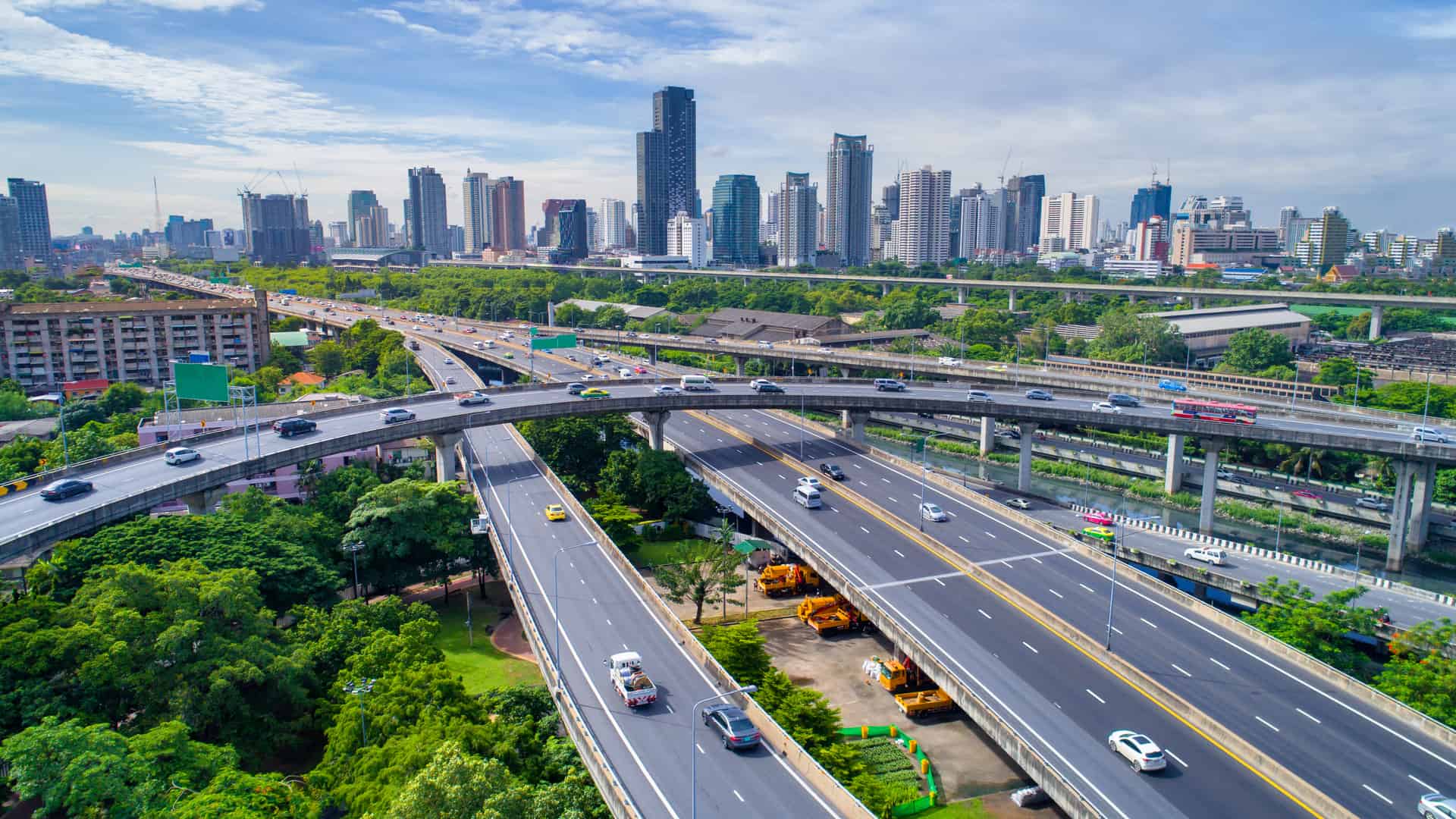Embracing Sustainability: The Role of Green Urban Planning
In an era marked by rapid urbanization and increasing environmental concerns, the concept of sustainable urban planning has emerged as a pivotal driver for creating livable and eco-friendly cities. As populations continue to grow, the need for innovative solutions to balance urban development with environmental preservation becomes more pressing than ever.
The Essence of Sustainable Urban Planning
Sustainable urban planning is a holistic approach that seeks to integrate eco-friendly practices into the design and development of urban spaces. This methodology aims to address various challenges, including resource depletion, pollution, and the overall impact of human activities on the environment. By prioritizing sustainability, cities can create harmonious environments that support both human well-being and ecological health.
Key Principles:
1. Mixed-Use Development:
Sustainable urban planning encourages the implementation of mixed-use development strategies, where residential, commercial, and recreational spaces coexist. This not only reduces the need for extensive commuting but also promotes a sense of community and connectivity.
2. Green Spaces and Biodiversity:
Incorporating green spaces within urban landscapes enhances biodiversity, mitigates pollution, and provides residents with essential recreational areas. The integration of parks, community gardens, and green roofs contributes to a healthier and more vibrant urban environment.
3. Energy Efficiency:
Implementing energy-efficient technologies in buildings and infrastructure is a cornerstone of sustainable urban planning. This includes the use of renewable energy sources, smart grid systems, and energy-efficient building designs to minimize the carbon footprint of cities.
4. Public Transportation:
Prioritizing public transportation over individual car usage helps reduce traffic congestion and air pollution. Well-planned and accessible public transit systems contribute to a more sustainable and efficient urban mobility infrastructure.
Case Study: Eco-Friendly Urban Redevelopment
Envision a neglected industrial zone undergoing a transformative metamorphosis into a sustainable urban haven, embodying the principles of green urban planning. This redevelopment initiative places a premium on adaptive reuse, breathing new life into existing structures rather than resorting to resource-intensive demolitions. By repurposing industrial buildings, the project not only preserves the area’s historical essence but also significantly reduces the carbon footprint associated with traditional construction methods.
A cornerstone of this sustainable transformation lies in the integration of green building standards. From energy-efficient insulation to the use of sustainable materials, every facet of the redevelopment adheres to environmentally conscious practices. Additionally, the incorporation of rooftop solar panels exemplifies a commitment to renewable energy solutions, harnessing the power of the sun to provide clean and sustainable energy for the revitalized urban space. These measures not only exemplify the project’s dedication to environmental responsibility but also showcase the practical implementation of green technologies.
Furthermore, the redevelopment embraces smart technologies for effective environmental management. Intelligent waste management systems, driven by sensors and data analytics, optimize waste collection and recycling processes. This not only minimizes the ecological impact of waste disposal but also enhances the overall cleanliness and sustainability of the urban area. By seamlessly integrating technological solutions, this case study serves as a model for how innovation can be harnessed to create urban spaces that are not only aesthetically pleasing but also environmentally conscious and efficient.
Challenges and Opportunities:
While the adoption of sustainable urban planning brings numerous benefits, it is not without its challenges. Balancing economic growth with environmental conservation requires careful consideration and collaboration among stakeholders. However, the opportunities for innovation, job creation, and improved quality of life make the effort worthwhile.
The integration of technology plays a significant role in overcoming these challenges. Barcode inventory management software, for instance, can streamline inventory processes, reducing waste and contributing to the overall sustainability of urban initiatives. These technological solutions enhance efficiency, enabling cities to optimize resource usage and make informed decisions for a more sustainable future.
Sustainable Initiatives in Urban Planning
Several cities around the world are at the forefront of sustainable urban planning, implementing initiatives that serve as models for others. For example, Copenhagen, Denmark, has prioritized cycling infrastructure and green spaces, reducing carbon emissions and creating a healthier urban environment. Singapore has embraced vertical greenery and sustainable architecture to maximize land use and enhance energy efficiency.
In addition, Melbourne, Australia, focuses on water-sensitive urban design, incorporating features such as rain gardens and permeable pavements to manage stormwater effectively. These initiatives not only contribute to environmental sustainability but also enhance the resilience of urban areas to climate change.
In conclusion, sustainable urban planning is a vital strategy for shaping the future of our cities. By embracing eco-friendly practices, we can create urban environments that thrive economically while minimizing their impact on the planet. As we navigate the complexities of urban development, tools like barcode inventory management software play a crucial role in optimizing resource usage and enhancing efficiency.
In this context, solutions like inventory management software can streamline inventory processes, reducing waste and contributing to the overall sustainability of urban initiatives. As we move forward, it is imperative that we continue to integrate technology and sustainable practices to build cities that are not only resilient but also respectful of the environment.
Through collaborative efforts and innovative solutions, we can create urban spaces that are truly sustainable, ensuring a better quality of life for present and future generations.
